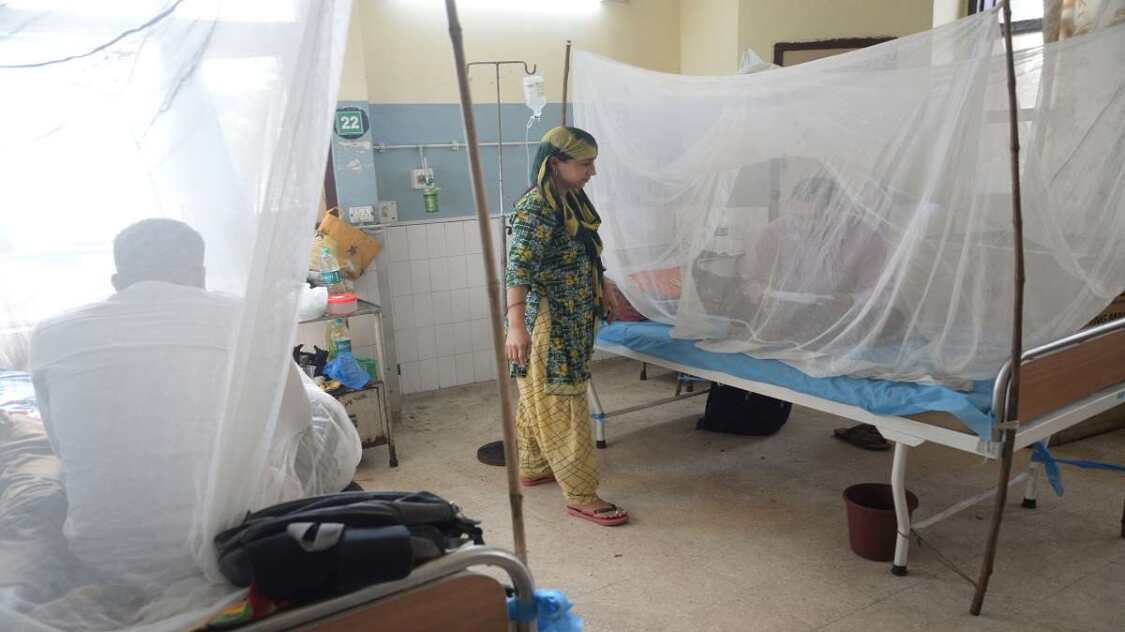Living with the viruses

Uttar Pradesh is the third state in the country to witness Zika virus outbreak in 2021. The state has recorded 127 Zika virus cases so far with Kanpur emerging as the hotbed of the outbreak, recording 123 of the total cases. Earlier this year in July, Kerala recorded 89 cases and Maharashtra saw some 12 cases. Since the first Zika virus outbreaks in India in 2017 in Gujrat and Tamil Nadu, the number of cases and outbreaks is on the rise, and the virus is attacking different geographical locations — from extreme south to central-west to northern India. The signs are clear that the virus is gradually spreading its tentacles across the country. The issue may not appear to be very urgent at the present moment as the cases are not in large numbers and extremes are almost negligible. But there should be no space for complacency. Covid-19 virus has shown us how devastating these invisible ever-mutating viruses could prove. Their ability to surge exponentially is quite alarming. Back in 2016, Brazil faced the onslaught of the Zika outbreak in an unprecedented manner — the reason, quite simple, was a mutant strain of the virus which was more contagious and threatening than the ones found in Pacific islands a decade ago. Brazil is reported to have recorded at least 2,639 cases of microcephaly between 2015 and 2017. Microcephaly is a condition where Zika-infected pregnant women give birth to children with under-developed brains. It is among the most serious repercussions of Zika infection. Fortunately, India has not witnessed any such cases until now. But uncertainty is the only certain thing about viruses. Apart from the mutating nature of the virus that presents a potential threat of deteriorating the condition, there are local issues of filth and garbage dumping, and storage of dirty water in containers, that aggravate the risks of Zika infection among masses. The fact that Zika infection is spread through bites of mosquitoes — Aedes aegypti and Aedes albopictus — calls for proactive sanitation and cleanliness campaigns in the risk-prone areas. Beyond that, such campaigns should be a year-round phenomenon as mosquitoes serve as vectors for many other diseases. The Uttar Pradesh administration has ramped up its efforts to contain the virus. It is running a mosquito-trapping drive in the affected region, detecting and destroying mosquito breeding places, carrying out door-to-door surveillance, and tracing pregnant women — that represent a greater risk category. These steps will certainly keep the situation in control, but the purpose would have served better had these come earlier. Even the laboratories to test the virus came as late as November 10 — nearly a fortnight after the first case was spotted in the Air Force campus on October 23. The case was spotted through efforts of the family members, who sent the samples to Pune Institute of Virology when the patient was struggling to recover. Given the novelty of the outbreak in the state, the administration was apparently caught off guard without much preparation. Perhaps the other area where the administration is left with a lot to do is ensuring cleanliness. The state administration, particularly the local government in Kanpur, must come in line with cleanliness calls made time and again by the Central government. Media reports show that filth and garbage heaps are a commonplace in the city, which offer a lucrative breeding ground for mosquitoes. The state government should take note of the fact that viral outbreaks are now no more once-in-a-century phenomena. Efforts to prevent and mitigate these outbreaks will have to be carried out on a continuous basis. Local governments must be equipped and directed to maintain cleanliness in all cities and towns throughout the year. The CM of the state has rightly requested the people not to panic as the situation is still under control. But at the same time, a call has to be made to avoid complacency as disasters always come unannounced. The Zika outbreak in the UP is an alarm bell for other states as well to be prepared. More importantly, it is a call to the people that they need to ensure their part of cleanliness and be aware enough so as not to ignore any symptoms presuming those to be of mild fever. More scientific scrutiny around every single outbreak also appears pertinent here. Let us learn how to live with viruses around us!



